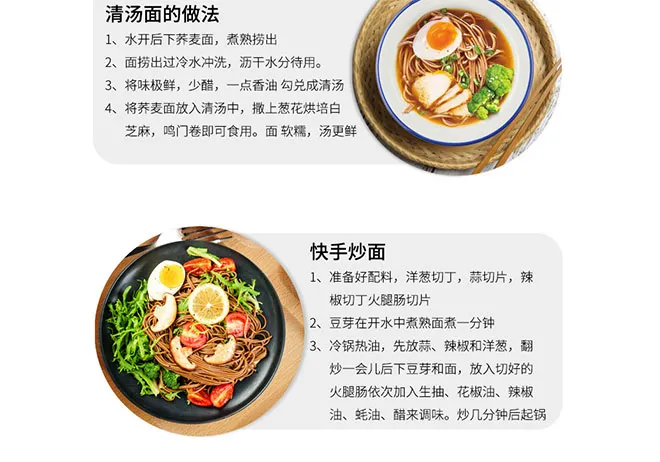soba vs udon noodles
Soba vs. Udon Noodles A Delicious Japanese Comparison
Japanese cuisine is renowned for its variety, and two of the most famous types of noodles that have captured the hearts (and stomachs) of people around the world are soba and udon. While both are staples in Japanese cooking, they differ significantly in terms of ingredients, texture, flavor, and culinary uses. Understanding these differences can enhance your appreciation of these beloved noodles and help you choose which to enjoy on your next culinary adventure.
Ingredients and Preparation
The primary distinction between soba and udon lies in their ingredients. Soba noodles are made from buckwheat flour, which gives them a unique flavor and a slightly nutty aroma. Buckwheat is a gluten-free grain, making soba a suitable option for those with gluten sensitivities, although many soba noodles may still contain wheat for texture. In contrast, udon noodles are made from wheat flour, giving them a soft and chewy texture. The thickness of udon can vary, with some versions being quite thick, contributing to a heartier bite compared to the more delicate soba.
Preparation is another area where these noodles differ. Soba can be served cold, often with a dipping sauce, or hot in a broth, while udon is typically served in a warm broth, making it a comforting dish, especially during colder months. The versatility of soba means it can be enjoyed in salads or stir-fried dishes, showcasing its adaptability in various culinary contexts.
Texture and Flavor Profiles
The texture of soba and udon is perhaps one of the most striking differences. Soba noodles are slender and have a slightly grainy texture, often providing a chewiness that can be refreshing when served cold. The flavor is subtle but distinct, with the buckwheat imparting a gentle earthiness that pairs well with a variety of toppings and sauces.
soba vs udon noodles

Udon noodles, on the other hand, are much thicker and have a smooth, chewy feel. Their mild flavor allows them to soak up the broth's character, making them a fantastic choice for dishes that rely on flavorful soups. Udon is often paired with savory broth, meats, and vegetables, and can be topped with green onions, tempura, or raw egg, enhancing the overall dish.
Culinary Uses
Both soba and udon are incredibly versatile but are often used in different culinary contexts. Soba is commonly enjoyed in dishes such as Zaru Soba (cold soba served with dipping sauce) or Soba Noodle Soup (soba served in a hot broth). They are often accompanied by a variety of toppings, including scallions, wasabi, or nori, allowing for a personalized dining experience.
Udon is often found in popular dishes such as Kake Udon (udon in a simple broth), Yaki Udon (stir-fried udon), and Nabeyaki Udon (udon served in a hot pot with various ingredients). Its ability to absorb flavors makes it a favorite for hearty meals that require a satisfying component.
Conclusion
In conclusion, both soba and udon noodles offer unique qualities that can cater to various tastes and preferences. Soba provides a light, nutritious option for those seeking a gluten-free alternative with a distinctive flavor, while udon delivers a comforting and robust experience with its hearty texture and ability to absorb flavors. Whether you prefer the nutty taste of soba or the chewy satisfaction of udon, both noodles have a rightful place in the rich tapestry of Japanese cuisine. Next time you find yourself at a Japanese restaurant or in your own kitchen, consider these differences and celebrate the delightful diversity that each noodle brings to the table.
-
Unleash Your Inner Chef with Delectable Italian Pasta CreationsNewsAug.01,2025
-
Savor Health and Flavor: Irresistible Soba Noodles for Sale Await!NewsAug.01,2025
-
Nourish Your Body with Premium Organic Ramen - A Culinary Delight AwaitsNewsAug.01,2025
-
Elevate Your Dishes with Our Exquisite Kinds of Egg NoodlesNewsAug.01,2025
-
Dive into Flavorful Convenience with Our Ramen OfferingsNewsAug.01,2025
-
Discover Exquisite Types of Naengmyeon and Chilled Soba NoodlesNewsAug.01,2025
-
Is Whole Wheat Pasta Healthy?NewsMay.30,2025
Browse qua the following product new the we

















































































































